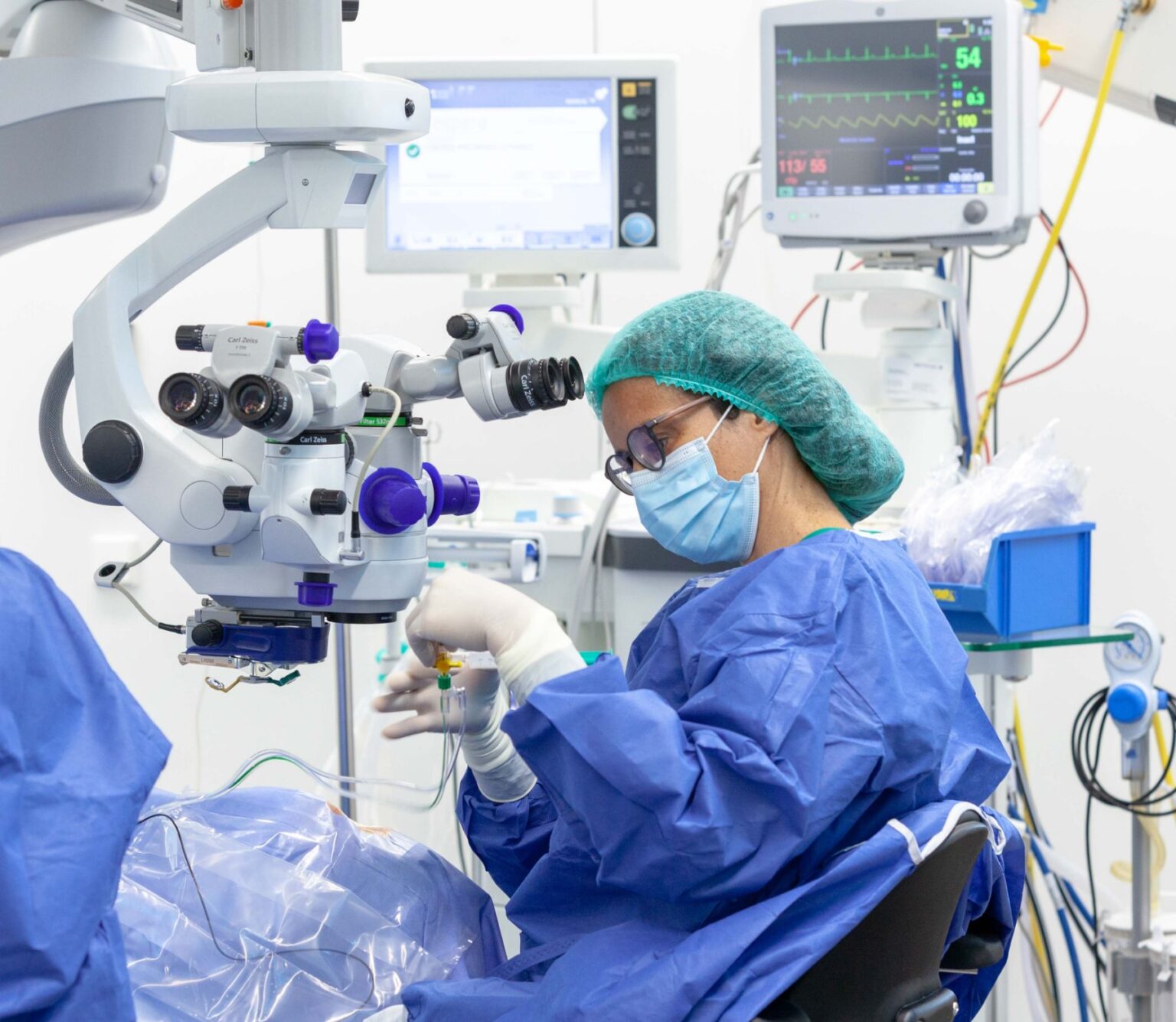Functional blepharoplasty is a surgical procedure designed to address functional issues related to the eyelids. When drooping eyelids obstruct the field of vision, this surgery can significantly improve visual acuity.
Excess skin on the upper eyelids or fatty deposits on the lower eyelids can not only affect appearance but also hinder vision. This can lead to eye strain, difficulty driving, blurred vision, and in severe cases, loss of peripheral vision.
Functional blepharoplasty addresses these issues by removing excess skin, fat, and in some cases, muscle tissue. By rejuvenating the eye area and reducing wrinkles, the surgery not only restores vision but also improves the patient’s quality of life.
How is Functional Blepharoplasty Performed?
Functional blepharoplasty is typically performed under local anesthesia, with sedation in some cases. An ophthalmologist makes incisions along the natural crease of the eyelids, where the skin is thinner and less visible. Through these incisions, excess tissue is removed, muscles are repositioned, and the skin is redraped precisely, ensuring the functionality of the eyelids and protecting ocular health.


